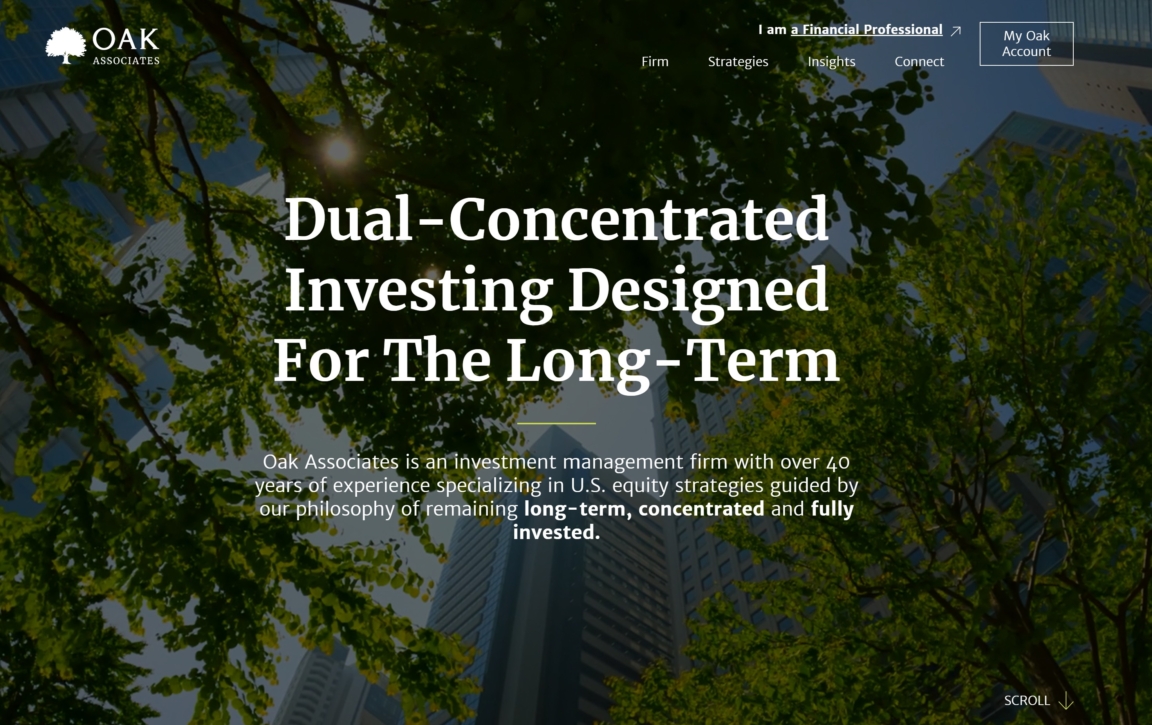Financial Marketing Benchmarking FAQ: Measuring Asset Management Marketing Success
Understanding Investment Marketing Benchmarks
Effective marketing is critical for investment management firms seeking to grow assets under management, but measuring that effectiveness requires appropriate benchmarks. This FAQ answers common questions about establishing, tracking, and exceeding marketing benchmarks in the financial services industry.
Frequently Asked Questions About Financial Marketing Benchmarks
Why do asset managers need specific marketing benchmarks?
Investment marketing benchmarks are essential because:
- They help quantify return on marketing investment
- Traditional portfolio management benchmarks don’t apply to marketing activities
- Without benchmarks, determining marketing effectiveness becomes subjective
- They provide baseline measurements for improvement
- They help justify marketing budgets and expenditures
- They align marketing activities with business development goals
- They enable comparison of different marketing tactics
What qualifies as a good investment branding benchmark?
Effective investment branding benchmarks should:
- Combine both qualitative and quantitative metrics
- Reflect your firm’s specific growth objectives
- Compare against appropriate aspirational peers
- Measure brand consistency across all touchpoints
- Track perception among target client segments
- Evaluate differentiation from competitors
- Monitor the effectiveness of messaging in conveying your value proposition
How can asset managers identify appropriate aspirational brands?
To identify aspirational brands for benchmarking:
- Select 5-6 firms that embody qualities you want to emulate
- Include both financial and non-financial companies
- Look for brands with qualities relevant to your values (e.g., heritage, service, quality)
- Analyze how those firms achieved their elevated brand perception
- Identify best practices that could be applied to your firm
- Look for examples like Levi’s (heritage brand capable of evolving), Four Seasons (premium service), or BMW (reliable, high-quality product with exceptional service)
What qualitative strategies work best for measuring brand effectiveness?
Effective qualitative benchmarking strategies include:
- Internal surveys to gauge how employees understand and communicate your brand
- Consistency checks across all marketing materials and channels
- External audits through client and referral source interviews
- Social listening to understand external perceptions
- Competitive analysis of messaging and visual identity
- Evaluation of cross-selling opportunities based on client awareness
What quantitative metrics should asset managers track for marketing effectiveness?
Key quantitative metrics for financial marketing include:
- Website traffic and search engine rankings
- Marketing funnel conversion rates
- Email marketing metrics (20% open rate and 3% click-through rate is baseline for financial services)
- Social media following and engagement
- Advertising performance (CTR, ROI, spend vs. sales/assets)
- Lead generation and qualification
- AUM growth attributable to marketing initiatives
How should investment firms structure their marketing funnel measurement?
For effective marketing funnel measurement:
- Create a one-page overview of where prospects first encounter your brand
- Track how prospects move through each stage of engagement
- Identify the specific materials they receive at each stage
- Measure email automation effectiveness
- Evaluate integration between marketing and sales
- Assign rankings to each brand exposure point
- Analyze where prospects drop out of the funnel
What are typical email marketing benchmarks for financial services firms?
Financial services email marketing benchmarks include:
- 20% average open rate (industry standard)
- 3% click-through rate for investment clients
- 96% delivery rate
- A/B testing of subject lines and content to optimize engagement
- Tracking increases/decreases in these metrics over time
- Monitoring how email engagement correlates with web traffic
- Measuring email effectiveness in lead scoring
How can asset managers effectively measure Investment advertising performance?
Financial industries and especially investment and asset management advertising performance metrics should include:
- Click-through rates (CTR) for digital advertising
- Cost per acquisition (CPA) for new prospects
- Return on investment (ROI) based on assets gained
- Cost per thousand impressions (CPM)
- Cost per click (CPC)
- Correlation between ad campaigns and website traffic
- Brand awareness lift among target demographics
What role does social media play in investment marketing benchmarking?
Social media benchmarks for asset managers should focus on:
- Follower count and growth over time
- Engagement rates on LinkedIn and Twitter (primary platforms for investment firms)
- Content that drives the highest engagement
- Topic areas that resonate with your audience
- Thought leadership visibility and sharing
- Correlation between social activity and website traffic
- Conversion from social media followers to prospects
How often should asset managers review their marketing benchmarks?
For optimal marketing performance measurement:
- Review key metrics monthly for tactical adjustments
- Conduct quarterly analysis for trend identification
- Perform comprehensive benchmark reviews annually
- Update aspirational peers assessment every 2-3 years
- Adjust benchmarks after significant business changes (new markets, products, etc.)
- Compare metrics before and after major marketing initiatives
- Build a weighted average model that evolves with your firm’s growth
Why is it valuable for Financial firms to work with an agency that understands Financial Industry brand and marketing benchmarks?
Specialized investment branding and marketing agencies bring a faster, more efficient financial benchmarking process thanks to their understanding of key brand and marketing benchmarks that are specific to the industry. Investment managers get more relevant benchmarks, smarter strategy, and better marketing outcomes—without a long and resource draining learning curve.
For more information, please see a detailed article and available download covering Benchmarking Your Financial Marketing.
Contact MBC for strategic assistance to invent yourself, reinvent your firm, or to generate additional results from your marketing and communications efforts.


